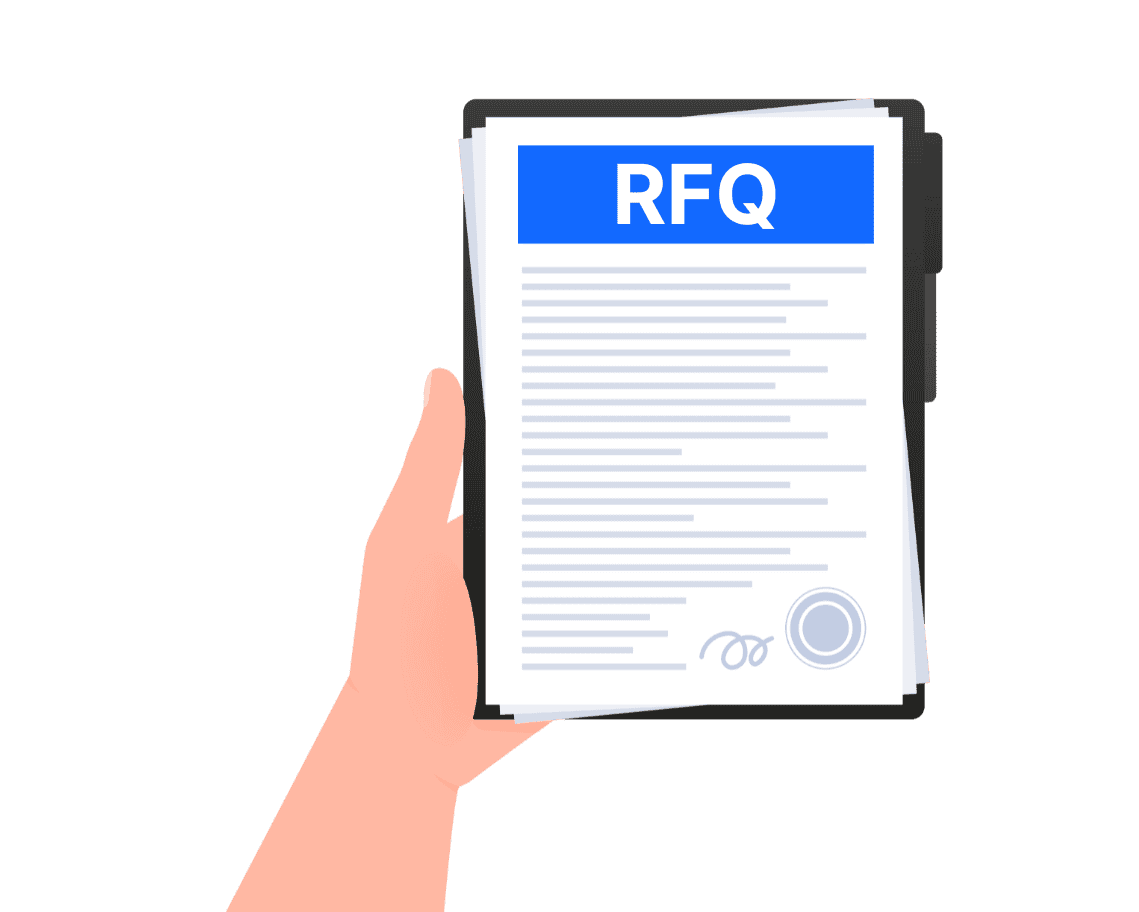In the realm of procurement, understanding the nuanced differences between a Request for Information (RFI), a Request for Quotation (RFQ), and a Request for Proposal (RFP) can significantly enhance the efficiency and effectiveness of your procurement strategy. These tools are essential for businesses to navigate the complexities of sourcing and acquiring products and services. Here’s an in-depth look at what each term means, when to use them, and how they can optimize your procurement processes.
Understanding RFI, RFQ, and RFP
RFI (Request for Information)
An RFI is typically the first step in the procurement process when a company needs to gather general information about goods or services from various suppliers. It is used when the buyer is considering what’s available in the marketplace to address a particular need but is not yet ready or does not have enough information to proceed to a RFQ or RFP.
Purpose
- To collect broad data about product or service capabilities, standards in the industry, or supplier capabilities.
- To understand the landscape of potential suppliers without any commitment to purchase or negotiation.
When to Use an RFI
- When starting a new project or when new needs arise within a business.
- When detailed information about the market or service offerings is unknown.
- When considering updates or changes in product/service sourcing strategies.
RFQ (Request for Quotation)
An RFQ is used when the requirements are well-defined and the primary decision criterion is the price. It focuses on receiving a detailed and comparable list of prices and terms from potential suppliers for specific products or services that have standardized specifications.
Purpose
- To solicit specific pricing information from suppliers.
- To compare costs across suppliers for the same detailed specifications.
When to Use an RFQ
- When the specifications of a product or service are clear and unlikely to be altered.
- When the project or purchase decision is price-sensitive and the quality and specifications are standardized.
RFP (Request for Proposal)
An RFP is more comprehensive than an RFQ and is used when the requirements are complex and may need solutions that can be tailored or innovated. RFPs ask for pricing and require a detailed proposal on how the project goals can be achieved, including methodologies, project timelines, staffing, and a breakdown of costs.
Purpose
- To solicit creative solutions to complex problems.
- To evaluate potential suppliers based on various criteria including strategy, compliance, professionalism, and the ability to meet project requirements.
When to Use an RFP
- When the project is complex and the solution requires creativity or specific expertise that isn’t standardized.
- When the project scope could evolve, requiring flexibility and innovation from the provider.
How These Processes Fit Into Strategic Sourcing

Integrating RFI, RFQ, and RFP processes appropriately into your sourcing strategy can dramatically affect the quality, efficiency, and cost-effectiveness of your procurement operations. Each serves a specific purpose:
- RFIs clear the ground, offering foundational knowledge to shape further queries and decisions.
- RFQs are crucial for cost-effective purchasing decisions where the market offers little variation in product/service specifications.
- RFPs are best suited for complex projects, where how the service or product fits into the business’s broader strategy is as important as the cost.
Conclusion
Understanding when and how to use RFI, RFQ, and RFP can lead to more informed and efficient procurement decisions. These tools are not only fundamental in gathering information, comparing options, or soliciting detailed proposals, but they are also crucial in strategic sourcing that aligns with business objectives. For businesses looking to optimize their procurement processes, mastering the use of RFI, RFQ, and RFP is indispensable.


